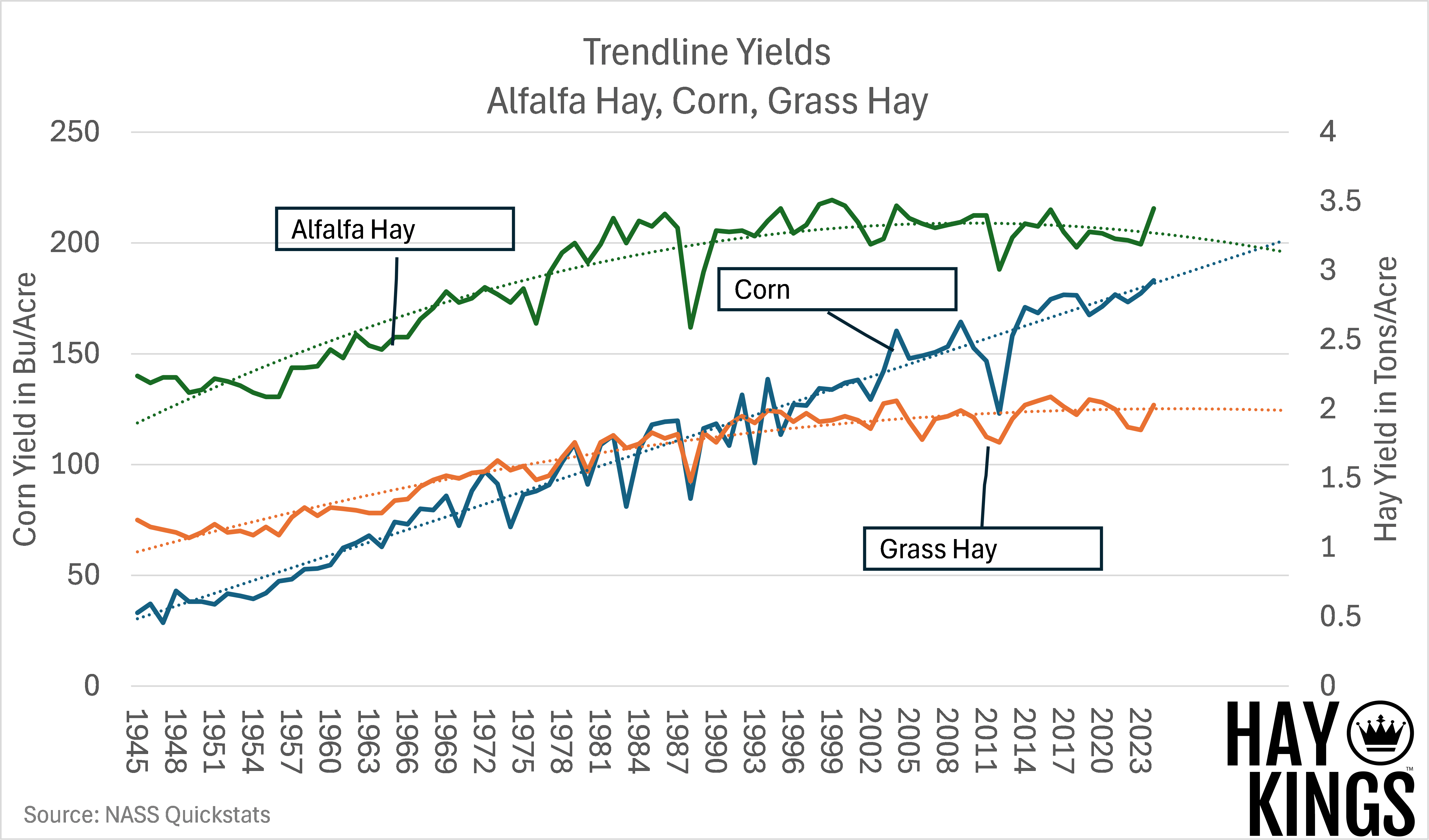News
Cashflow Analysis for Hay Producers
Annual cash flow modeling for hay farmers involves projecting both cash inflows and outflows across the farming cycle, essential for maintaining financial stability and strategic planning.
Mastering Moisture and Inoculants in Hay and Silage Production
In a detailed and insightful episode of the Hay Kings podcast, host Jon Paul Driver engages with Dave Spengler, Vice President of Research and Laboratory Services at Agri King, who brings over 36 years of experience in livestock nutrition to the discussion.
Stem Moisture vs. Dew Moisture
Stem moisture and dew moisture are two different aspects of moisture content in hay, each affecting the haymaking process and the use of inoculants and preservatives in distinct ways.
Revitalizing Alfalfa: Embracing Opportunities and Innovation in Hay Production
Alfalfa, a cornerstone of the agricultural sector, not only serves as a primary feed for livestock but also plays a crucial role in crop rotations and soil health management. Despite its importance, alfalfa yields have been on a decline, posing significant challenges and opportunities for innovation within the hay industry.
Protecting Your Farm with Smart Insurance Practices!
In the latest episode of the Hay Kings podcast, we dive deep into farm insurance with Nathan Bues and David Cannon of Sloan Levitt Insurance. With their rich agricultural backgrounds (yes, Nathan's milked cows by hand!) and expertise in crop, property, and casualty insurance, they cover everything a producer needs to know to safeguard their livelihood.

